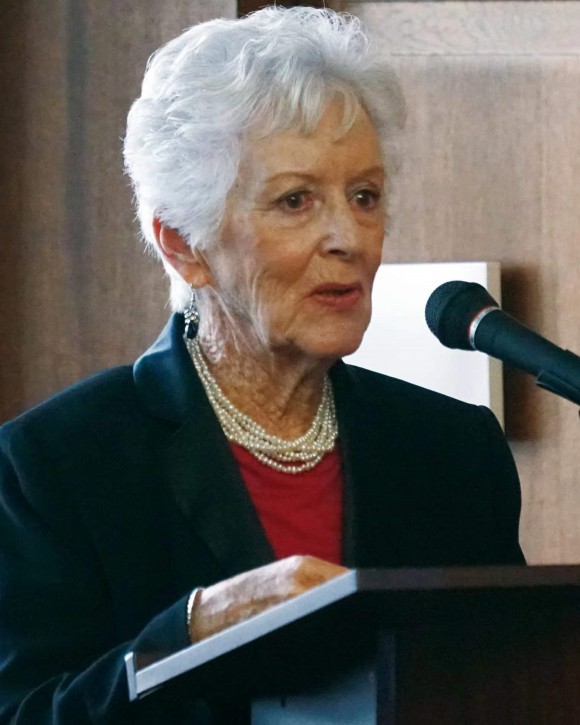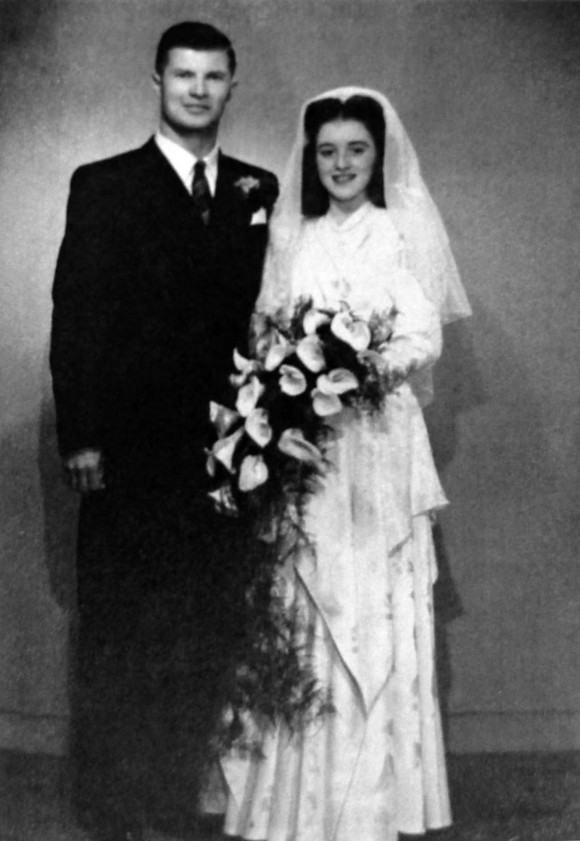Latest
Latest
Exhibit focuses on Jewish WWll refugees who found safety in Shanghai
Time:2023/8/24 11:56:33 Author: Kimmy Yam From:NBC NEWS
More than 80 years after Jewish refugees fled to Shanghai during World War II, an exhibition in New York City shines a light on their experiences, which, experts and advocates say, carries profound lessons today.
The exhibition“Shanghai, Homeland Once Upon a Time -Jewish Refugees and Shanghai”opened to the public Tuesday in downtown Manhattan. The display commemorates the period from 1938 to1941 when more than 20,000 Jews traveled thousands of miles from Europe to escape Nazi persecution and establish a life in China.
The refugees were able to find safety in Shanghai during a time when other countries refused to aid them. Experts and advocates say that their story is a chilling reflection of the necessity for others to accept and humanize those escaping persecution and oppression.

Betty Grebenschikoff.
Shanghai Jewish Refugees Museum
“Hatred still exists of all kinds,”Elizabeth S.Grebenschikoff - whose mother, Betty lived as a refugee in Shanghai for over a decade and is featured in the exhibit -told NBC News.“My mom would say ...If you are not an upstander, if you are not standing up for justice and fairness, then you are doomed to be a bystander.’”
The exhibit, hosted by the Shanghai Jewish Refugees Museum and scheduled to run until Aug. 14 at Fosun Plaza at 28Liberty St., includes more than 200photographs and 30 pieces of memorabilia, in addition to videos and personal stories from Jewish refugees and their descendants.It's hosted by the Shanghai People's Association for Friendship with Foreign Countries, and the Shanghai Fosun Foundation and is in part supported by the Consulate General of the United States of America in Shanghai and the Consulate General of the People's Republic of China in New York.
Kevin Ostoyich, professor of history at Valparaiso University in Indiana, who's interviewed many Jewish refugees, explained that Shanghai ended up being a“last resort” of sorts for Jewish refugees in the late 1930s as the city did not require an entry visa due to its unique legal status. In the 19th century, the port city was forcibly opened by Western powers for trade. It was divided into several sections, governed by these powers with their own set of legal norms and police forces.Japanese forces had also been laying claim to the northeastern part of the city before eventually taking over on Dec. 7, 1941, the day after the Pearl Harbor attack,Ostoyich said.
“It is in this very unique historical context, that you have a situation where you have a city that no one fully has control over,”Ostoyich said.
The bureaucratic loophole led to an unexpected safe haven for the refugee population, Ostoyich said. In 1938, most countries, including the U.S., refused to change their immigration policies to accommodate Jewish people felling violence under Nazi rule.
“Not many people realize that there was a time in which Jews were able to get out of concentration camps and out of Germany,he added.“There was an opportunity for more Jews to survive. But the problem was that no one really wanted to open their doors.”
Though they found safety in the city, life was not easy for Jewish refugees.
Jerry Lindenstraus, 94, and his family fled to Shanghai after Kristallnacht,“The Night of Broken Glass," in which Nazi forces destroyed synagogues across Germany and unleashed a series of pogroms against Jews in 1938. A few years after his family arrived,Lindenstraus said that Japanese forces took over the city and established a ghetto in Hongkew, where they squeezed tens of thousands of Jewish refugees into a single square mile.

Jewish refugees and their Chinese neighbors at a market in Hongkew.
Shanghai Jewish Refugees Museum
“That's where life really became very difcult”,Lindenstraus, who's based in New York, told NBC News.“I lived in half a room divided by a Persian carpet,without water.We had an outhouse on the roof.”
Under Japanese rule, refugees were not permitted to enter or leave the ghetto without a pass.Japanese Sgt. Kano Ghoya, who was in charge of issuing these passes, became known for his notorious mistreatment of refugees,Lindenstraus said.
“He was vicious.He was a very shrewd man with a double personality, and if he didn't like you, he slapped you on the face and didn't give you a pass,”Lindenstraus recalled.“So you can imagine the adults had a very difficult life.And yet we managed. We survived.”
Lindenstraus mentioned that for many of the children growing up in Shanghai,school served as a reprieve from their difficult living conditions. For a few hours, he said, they could learn English,play sports or sing in the choir.

Betty Grebenschikoff's wedding picture.
Shanghai Jewish Refugees Museum.
Though Shanghai itself was home to several different populations of immigrants, as well as working-class Chinese residents, Ostoyich said that relations between the Jewish and Chinese populations varied. He said some refugees experienced genuine friendships with their Chinese neighbors,but some Jewish children were bullied. At the time, the experts stressed, Chinese residents were dealing with their own violent oppression from Japanese forces.
“The Japanese were very cruel to the Chinese, forced them to bow down in front of their soldiers who often beat them and humiliated them”Betty Grebenschikoff,who died earlier this year, often recounted in prepared speeches.“The Japanese soldiers were nasty to us also, but not to the extent of their treatment of the Chinese.
However,Ostoyich emphasized that one profoundly positive aspect of the environment was the lack of antisemitism.
For children who grew up in the city.“most of those refugees will say that they learned about antisemitism and felt antisemitism for the first time after leaving Shanghai, whether it be in Australia, the United States,” he said.They’ll say that that in and of itself is something to be appreciated, and that they thank the Chinese people for that.”



